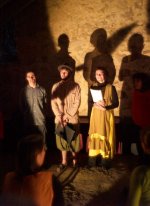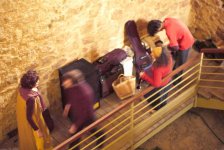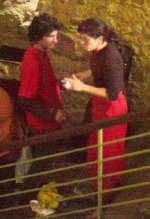Roger Hicks
Veteran
How much (or how little) light do you need to focus? Last night I used a 35/1.4 to photograph musicians inside a 1000 year old castle; today, a 50/1. Today, at ISO 2,500 and 1/12 at f/1, with relatively low-contrast subjects, I was having trouble focusing. Yesterday -- with much more contrast -- I was okay at about the same levels.
Any other thoughts on focusing at very low light levels? What are the real limits? At what point does '100% accurate' focus become meaningless, negated by camera shake as well as focusing difficulty?
Cheers,
Roger
Any other thoughts on focusing at very low light levels? What are the real limits? At what point does '100% accurate' focus become meaningless, negated by camera shake as well as focusing difficulty?
Cheers,
Roger
Last edited:





![2406930903_3779f53750[1].jpg](/data/attachments/45/45056-63aceb15b025c5a190a5bb5801fe4b78.jpg?hash=Y6zrFbAlxa)